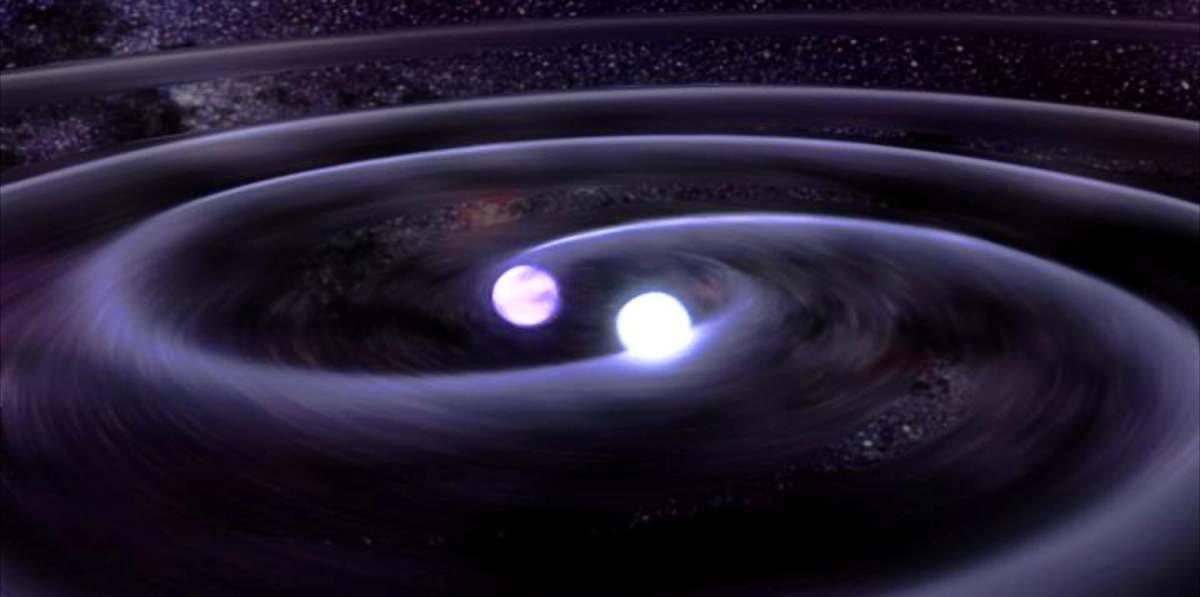Gamma radiation is the most energetic electromagnetic radiation known to us. The origin of gamma-ray bursts that last for a few seconds is in huge explosions in distant galaxies. Many researchers today believe that most short gamma-ray bursts come from the fusion of two neutron stars, which also produce gravitational waves. Gravitational waves are a cyclical curvature of space and time, a phenomenon that can be assumed to exist from Einstein's general theory of relativity. In February 2016 gravitational waves were first detected directly, by the LIGO project. Prof. Ehud Bachar, Prof. Shlomit Terem and their colleagues from the Faculty of Physics at the Technion strive to identify and investigate the electromagnetic signal that will come from an event that emits gravitational waves.
The study, supported by the Israel Space Agency, combines experimental work to build detectors with observations of existing satellites. The researchers are developing a detector called a Gamma-ray Transient Monitor, including the electronics required to operate it in a space environment. In August 2017, NASA announced that the detector would be integrated into the ISS-Lobster X-ray telescope project, to be launched by NASA to the International Space Station in 2022. This device is expected to detect transient events at high energies from space sources.
After learning the properties of the detector, a laboratory model was built that includes all the electronic systems and algorithms for operating the detector and detecting the eruption. The development of the detector is carried out in close cooperation with a aerospace plant of the IAI.
The observational part of the study deals with the analysis of observations in the field of gamma radiation from the Fermi space telescope. The study combines observations from a number of instruments on top of Fermi and the neutrino observatory at the South Pole IceCube. As a result of this study, the researchers published an article, which showed that none of the gamma-ray bursts occurred at the same time and in the same direction from which the neutrino particles came. Next, the researchers plan to search the detectors for permeate signs for gamma radiation, but at a lower intensity than that of the large eruptions, and see if they came in sync with the documentation of neutrino arrival on the IceCube. In addition, they will use results from IceCube to estimate how many neutrinos are expected to be discovered in the future ARA neutrino observatory, important estimates that will be taken into account in its construction process.










